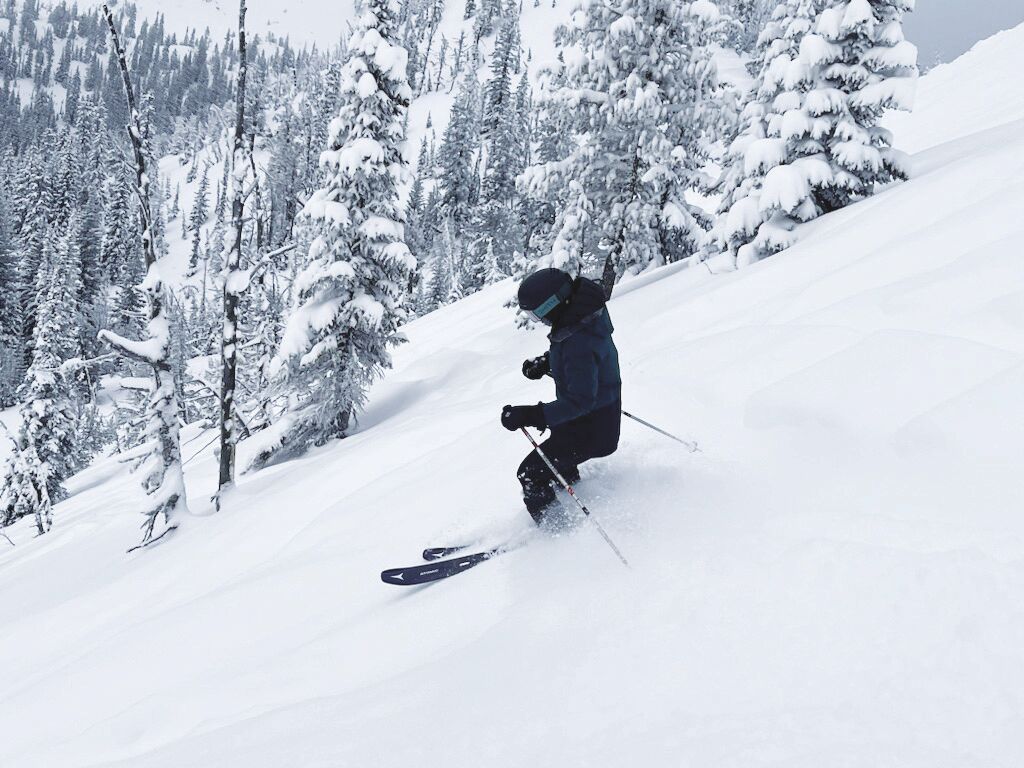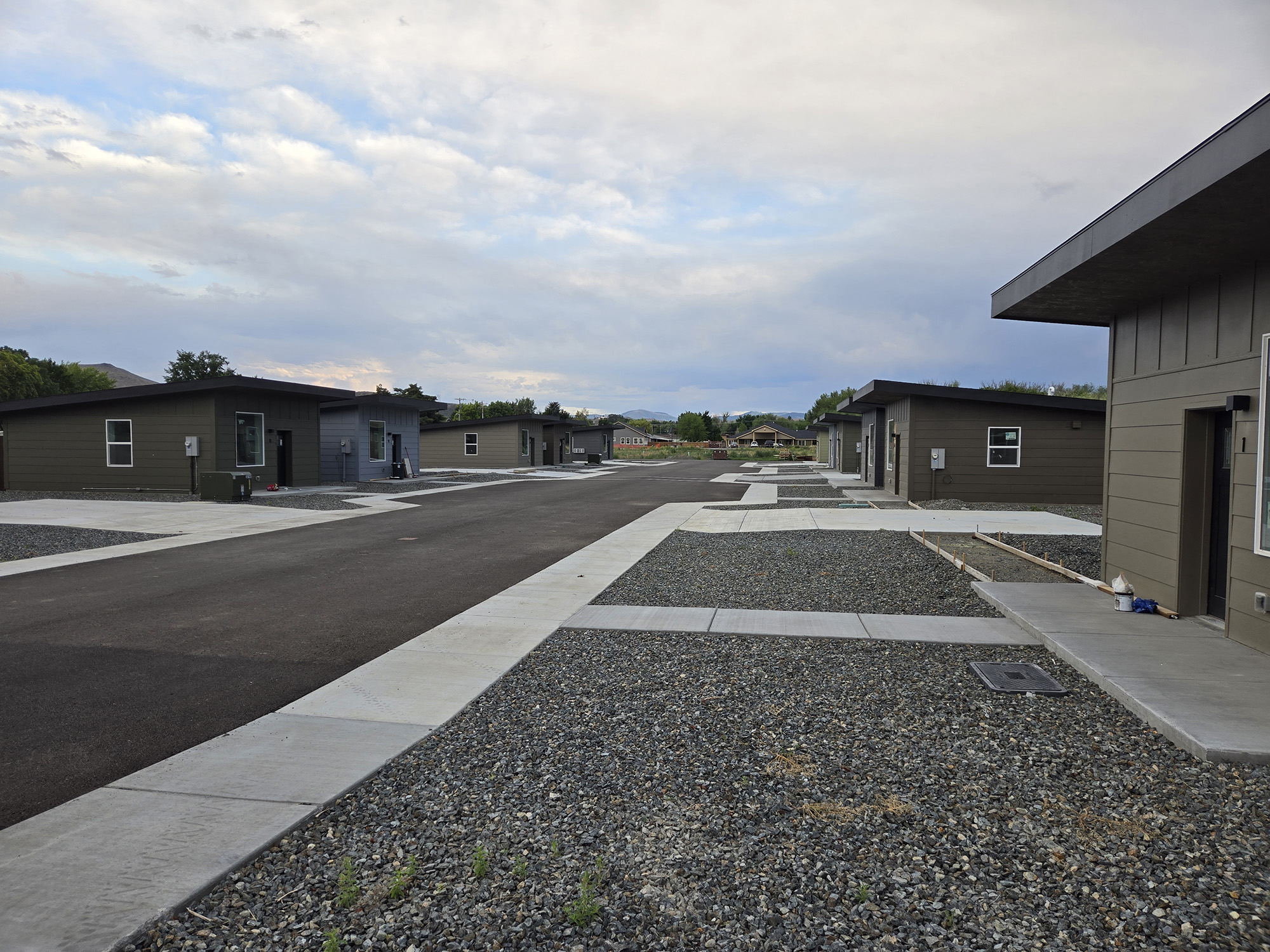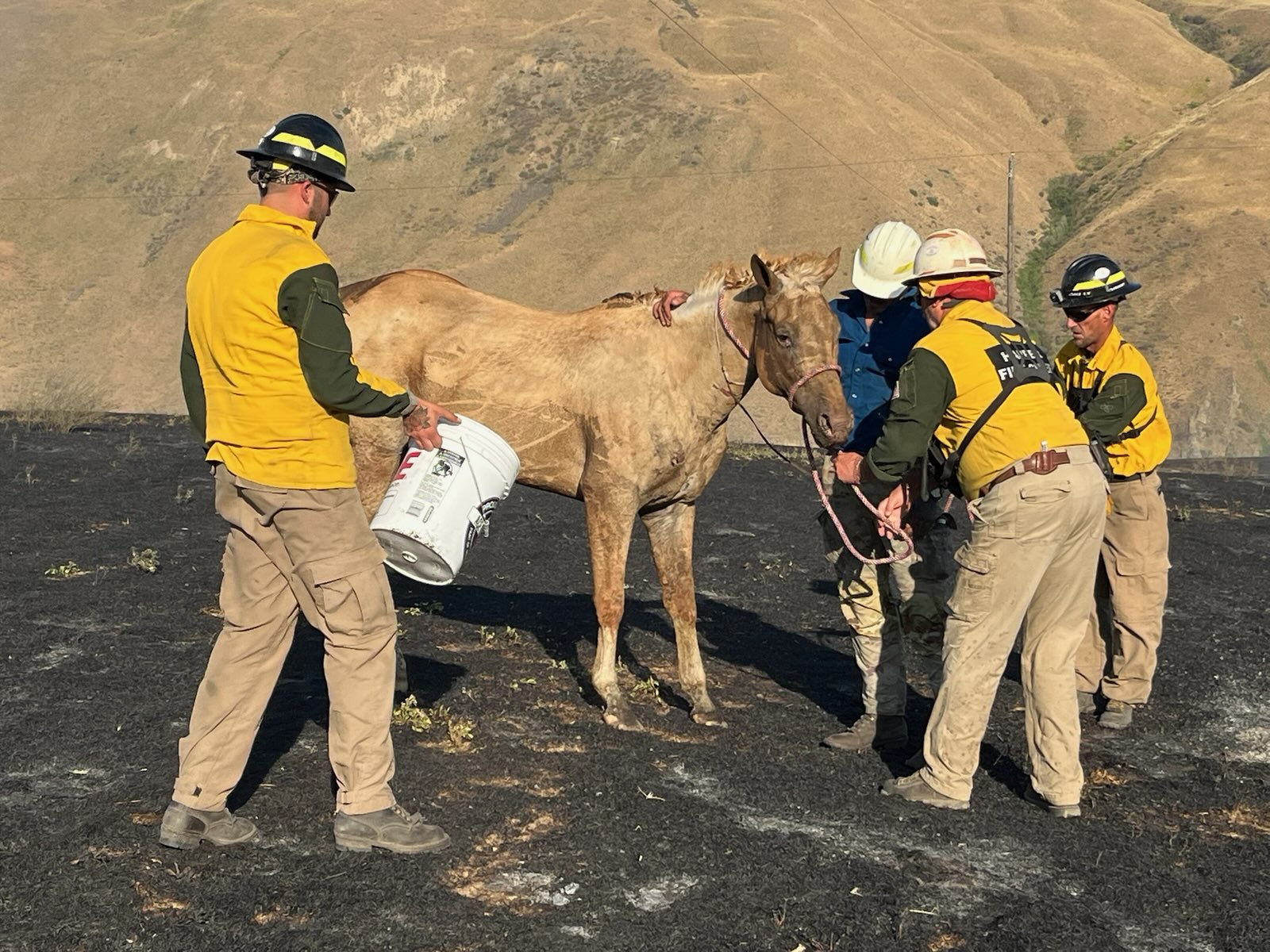COLUMN: We saw Baker County through his keen eyes
Published 9:45 am Saturday, April 11, 2020
For four decades Baker County has seen itself through the lens of S. John Collins’ camera.
Trending
He captured the community’s triumphs and its tragedies, his indelible images preserving our laughter and our tears, freezing for all time the fissured faces of those nearing the end of their days and the perfectly smooth cheeks of those just beginning the great journey.
In terms of one person chronicling a community so reliably and for so long, few can match John’s record.
You have probably heard of practitioners in other fields whose longevity spans generations — the teacher who explains the mysteries of algebra to her students, and to those students’ own children, the barber whose scissors have trimmed the hair of the man and of his son in turn.
Trending
John has done that, and more, since he took his first photograph for the paper in 1978.
And so it is tempting, when pondering John’s career at the Baker City Herald, to focus, as it were, on its length.
I have of course just done this myself.
But that is not the story I wish to tell.
To define John’s work by its duration, by the impressive but impersonal tallying of numbers, seems to me a great disservice — akin to rating a painter based on the stack of his canvasses rather than on how the scenes stir the soul.
I chose this analogy with purpose, because John is as surely an artist as someone who renders his visions in oils or pastels or words.
And it is the quality of his work that is his legacy.
And it’s the reason, when I learned that his job at the Herald was among those lost due to the nearly unfathomable economic havoc wrought by the coronavirus, I felt a sense of despair deeper than any other during this crisis.
I base this on nothing but my own impressions, but it seems to me that most people don’t understand, or at least not very clearly, how great the difference is between amateur photography and the work of a skilled photojournalist such as John.
Not that this is especially surprising.
Almost all of us, particularly in the era of smartphones, take photographs frequently. And because the cameras in our phones are considerably more capable than the Kodak Instamatics and Polaroids that dominated before the digital revolution, most of the images we get are in focus and with an acceptably balanced exposure.
But capturing the sorts of photographs that John crafted over his career — tens of thousands of them, if you’ll forgive my brief foray into the fixation on numbers about which I lamented some paragraphs back — requires vastly more attention to detail than pointing a phone at a comely mountain peak or meadow festooned with wildflowers.
John has the same complement of eyes that most of us are equipped with, but his see the world in quite a different way.
By this I mean that he sees more — the way that a subtle shift in the way the light falls on a person’s face transforms an ordinary portrait into something much more revealing and rich.
But it’s much more complex than that.
Most of us, I think, when we are preparing to take a photograph, focus on the primary subject.
This is a natural approach, of course, and a reasonable one.
But John has the exceedingly rare ability to see the entire scene, fully realized, before he even raises his camera.
He can calculate the light and the background and the potential interaction between multiple objects almost immediately, and with a degree of detail that I believe is beyond the ken of almost all of us.
But even that talent, however prodigious, isn’t enough.
John also can take that wealth of information and in effect translate it into the language of apertures and shutter speeds. This ensures that his photographs, to the extent possible, bring to you, the reader (and viewer), as close to the reality of the situation as anyone could hope to.
This difference between what you might call “taking pictures” and photojournalism as art doesn’t yield easily to explanations in words.
Fortunately, John’s photographs tell the story in a much more meaningful, and gratifying, way than I ever could.
It was my great fortune to write hundreds of articles that shared space with John’s images on the pages of the Herald.
We both tell stories.
And although I labor in words and he in photographs, I knew always that his artistry would lend a bit of its glimmer to my efforts, and that my sentences would perhaps shine a trifle brighter in the reflected glow.
That the Baker City Herald was immeasurably better for his work, and that Baker County’s historical record is forever a richer one, are matters beyond question.
Jayson Jacoby is editor of the Baker City Herald.









